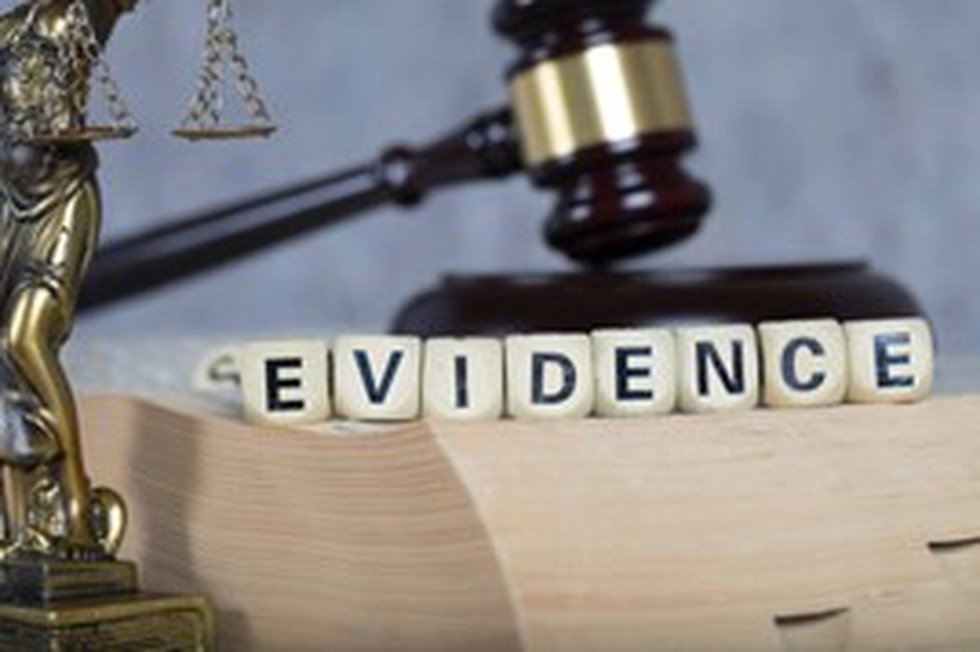In a landmark judgment, the Supreme Court of India has shed light on the intricacies of secondary evidence admissibility. The Court, while upholding the general rule that primary evidence should be produced whenever possible, has recognized the existence of specific circumstances where secondary evidence may be admitted as a substitute.
The Court has delineated seven exceptional situations where secondary evidence can be considered:
- Original document lost or destroyed: If the original document has been lost or destroyed through no fault of the party seeking to prove its contents, secondary evidence may be admitted.
- Original document in possession of an adversarial party: When the original document is in the possession of the opposing party, who refuses to produce it despite a valid notice, secondary evidence can be introduced.
- Original document in possession of a person beyond the Court’s jurisdiction: If the original document is in the custody of a person beyond the Court’s jurisdiction, secondary evidence may be allowed.
- Original document of a public nature: Secondary evidence of public documents, such as government records or court proceedings, can be admitted without the production of the original.
- Original document damaged or illegible: If the original document is damaged or illegible to the extent that its contents cannot be deciphered, secondary evidence may be considered.
- Original document voluminous or inconvenient to produce: When the original document is voluminous or its production would be unduly inconvenient, secondary evidence may be admitted.
- Original document admitted in other proceedings: If the original document has been admitted and proved in other judicial proceedings, secondary evidence of its contents may be allowed in subsequent proceedings.
The Supreme Court has emphasized that the admissibility of secondary evidence is contingent upon the establishment of a strong foundation for its admission. The party seeking to introduce secondary evidence must demonstrate that they have made diligent efforts to produce the original document and have exhausted all reasonable means to obtain it.
The Court has cautioned that secondary evidence should be treated with caution, as it is inherently less reliable than primary evidence. The Court has advised that secondary evidence should be corroborated by other evidence whenever possible to enhance its credibility.
The Supreme Court’s judgment on secondary evidence admissibility serves as a valuable guide for legal professionals and litigants alike. The Court’s articulation of the principles governing secondary evidence admissibility provides clarity and predictability in judicial proceedings.
